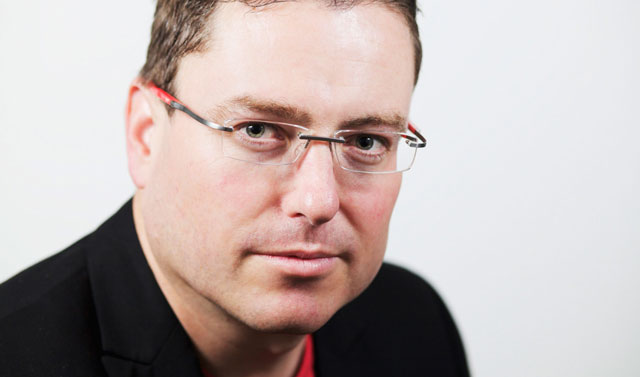
I’m fortunate enough in my job to get to play with the latest technology gizmos and gadgets and 2012 has been another great year of rapid-fire innovation. What follows is a shortlist of the gadgets that really stood out for me this year.
Samsung Galaxy S3 and HTC One X: Google’s Android operating system really came into its own in 2012. And these two Android-powered smartphones really stood out from the pack. The Galaxy S3 has outsold the One X by a wide margin, but it’s hard to make a call on which is the better device. The HTC scores highly because of its sleek, unibody design. The Samsung, on the other hand, has a great battery and a unique design style. If I were forced to choose between them, I’d have go with the S3. But it’s a tough call. (Read TechCentral’s Galaxy S3 and One X reviews.)
Nokia Lumia 920 and Windows Phone 8X by HTC: Microsoft’s motto should be “never say die”. When it identifies a market it wants to play in, it’s rare that the company gives up — even if the challenges may seem insurmountable to outside observers. This was the case again in 2012 with Windows Phone 8, Microsoft’s latest attempt to claw back market share from Apple and Google. Its hardware partners HTC and Nokia have certainly come to the party with the 8X and the Lumia 920. Like with the S3 and the One X, it’s hard to choose a clear winner (other than Microsoft, of course). The 8X is light and sleek but lacks some of the cool features on offer in the bulkier but equally good looking Lumia 920. (Read TechCentral’s Lumia 920 and 8X reviews.)
Apple iPhone 5: Apple is back with the latest iteration of the iPhone, the device that turned an industry on its head in 2007. Lighter than its predecessors and with a slightly bigger screen, the iPhone 5 maintains Apple’s track record of developing beautiful hardware. And Apple’s done just enough to keep consumers salivating. Even with the increased screen real estate with the new version, though, it still looks tiny next to its Android-powered rivals. Many users will find its size attractive, especially because it allows for easy one-hand navigation. Bitter Apple rival Samsung clearly thinks bigger is better, with rumours that the Galaxy S4, currently in development, will have a 5-inch screen. Its Galaxy Note 3 “phablet” may push 6,3 inches, from the current 5,5 inches. Too big? Apple clearly thinks so, but consumers will decide. (Read TechCentral’s iPhone 5 review.)
Google Nexus 7: Next to Apple’s iPad, Android has always felt like a laggard in the tablet computer market. That’s no longer the case thanks to Google’s Nexus 7 tablet. Although it lacks a 3G connection — an important factor for many SA consumers — the Nexus 7 feels like a premium device and is also well priced at just US$249 for a 16GB model, significantly below the $329 sticker attached to the equivalently specced iPad Mini. (Read TechCentral’s Nexus 7 review.)
Raspberry Pi Model B: This $35, Linux-powered and credit card-sized computer, developed by the UK’s Raspberry Pi Foundation to encourage the teaching of computer science at school level, caught the imagination of the world’s geeks. The foundation has been unable to keep up with demand.
Kobo e-reader: Kobo’s e-readers are new in SA thanks to the Canadian company’s deal with Pick n Pay to sell an entry level model for just R995, bringing e-readers to a much bigger consumer market. The Kobo model sold in SA is a barebones reader — it doesn’t have a cellular antenna, for example — but it does the job well. For the price, the Kobo is hard to beat. (Read TechCentral’s Kobo e-reader review.) — (c) 2012 NewsCentral Media
- Duncan McLeod is editor of TechCentral; this column is also published in Financial Mail




